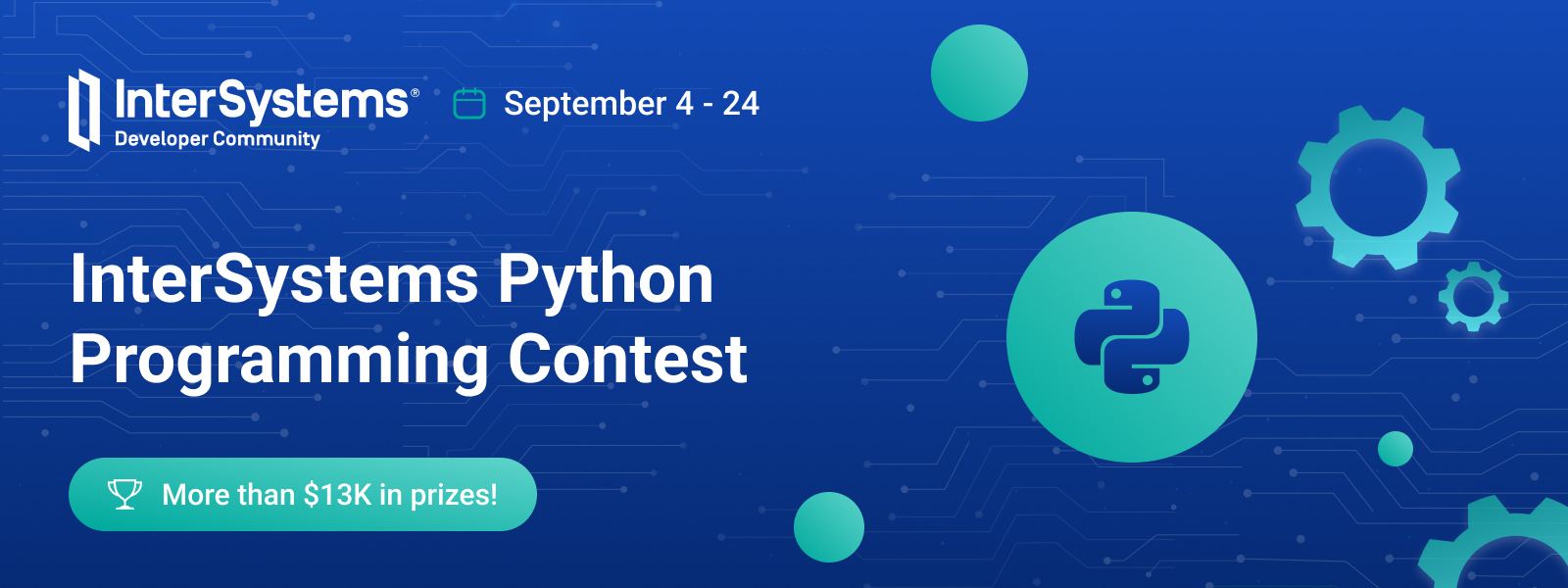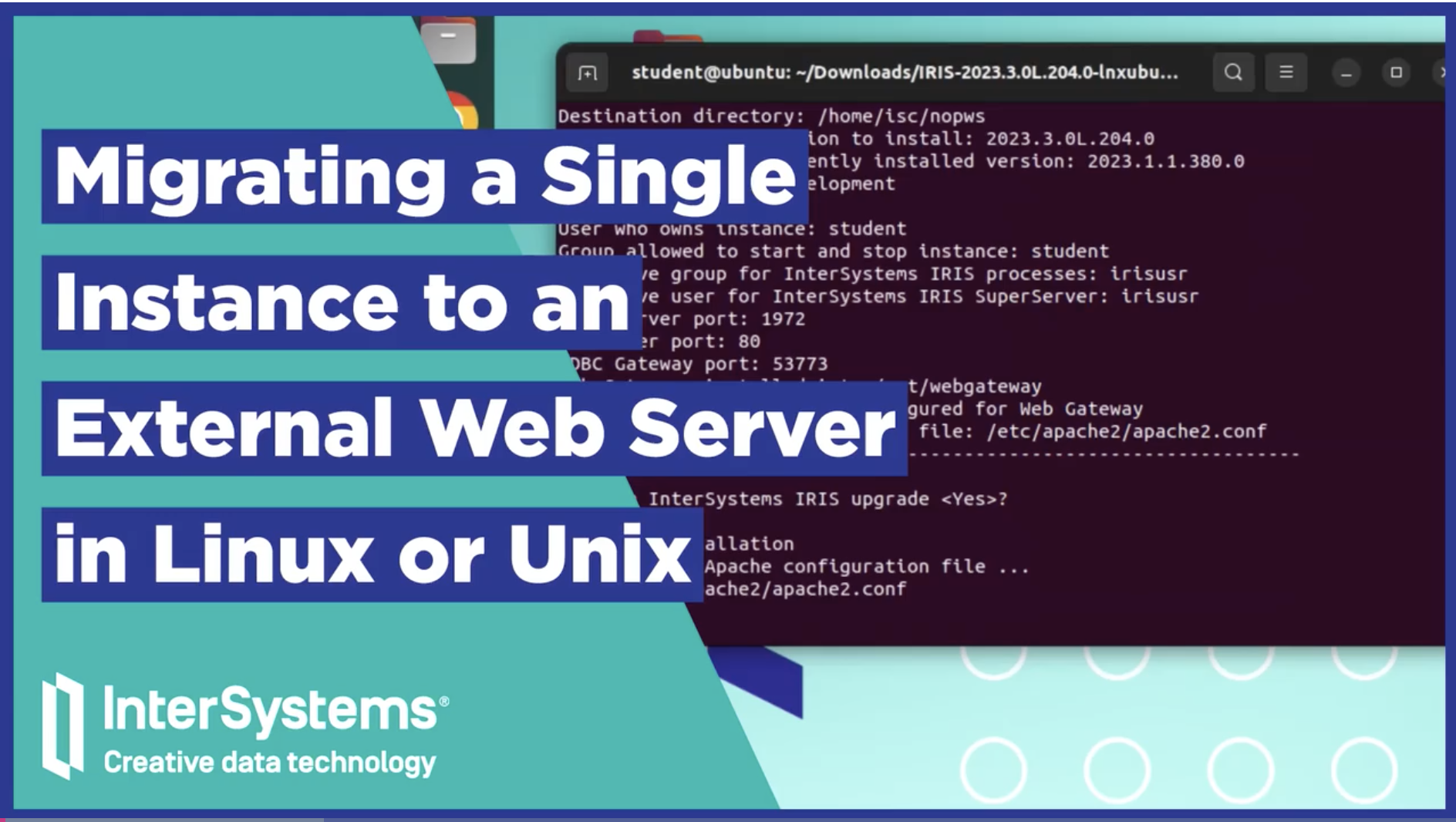I have a persistent class (GetOrgUpdatesResponse) that has a property which is a list of another persistent class (Organization).
What would be the best way to cascade deletes so that on deletion of a parent row each object in the list property is then also deleted?
I have included a sample of my classes here for clarity

.png)
.png)



